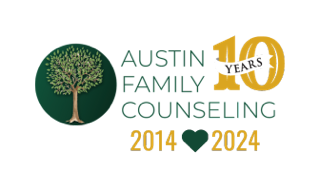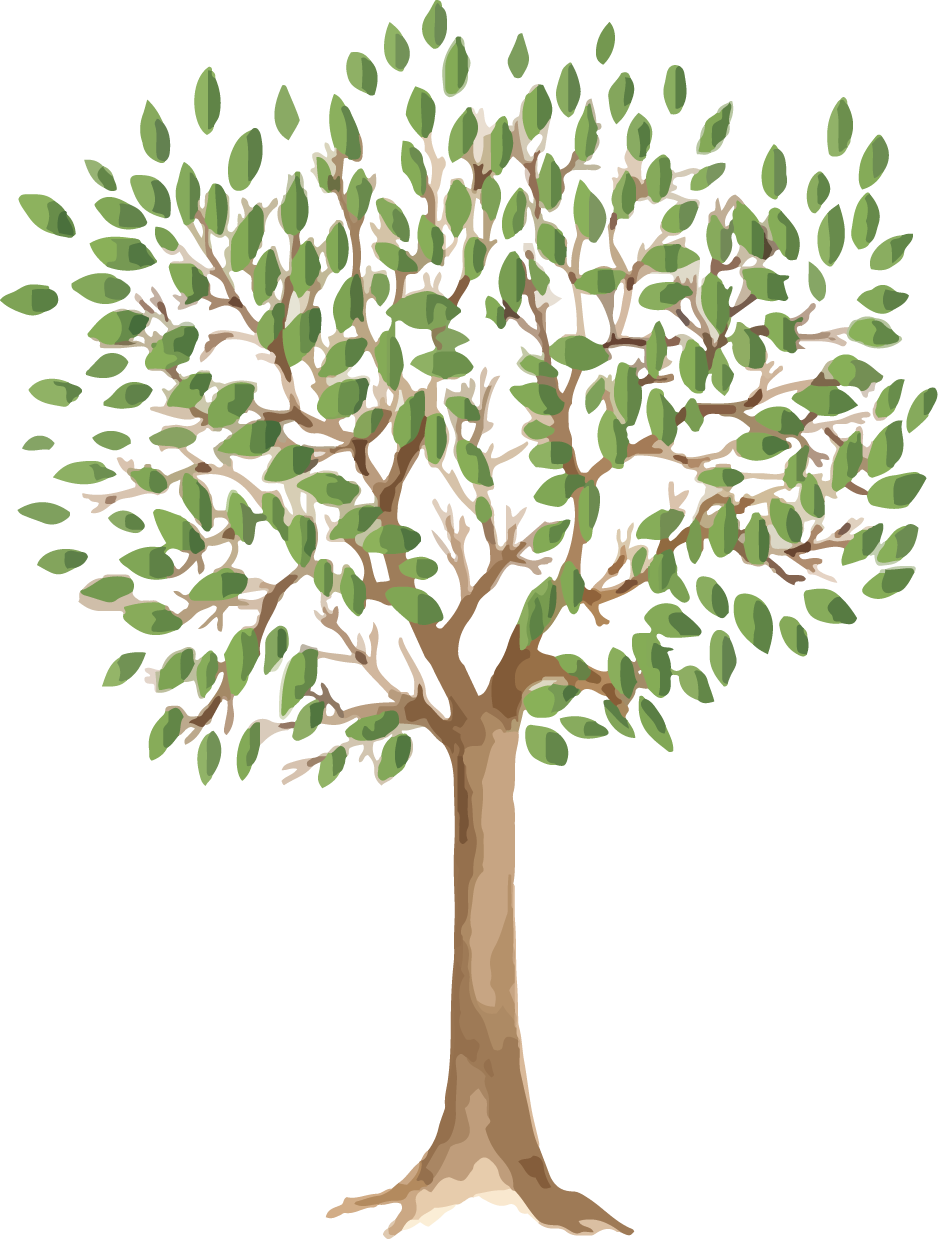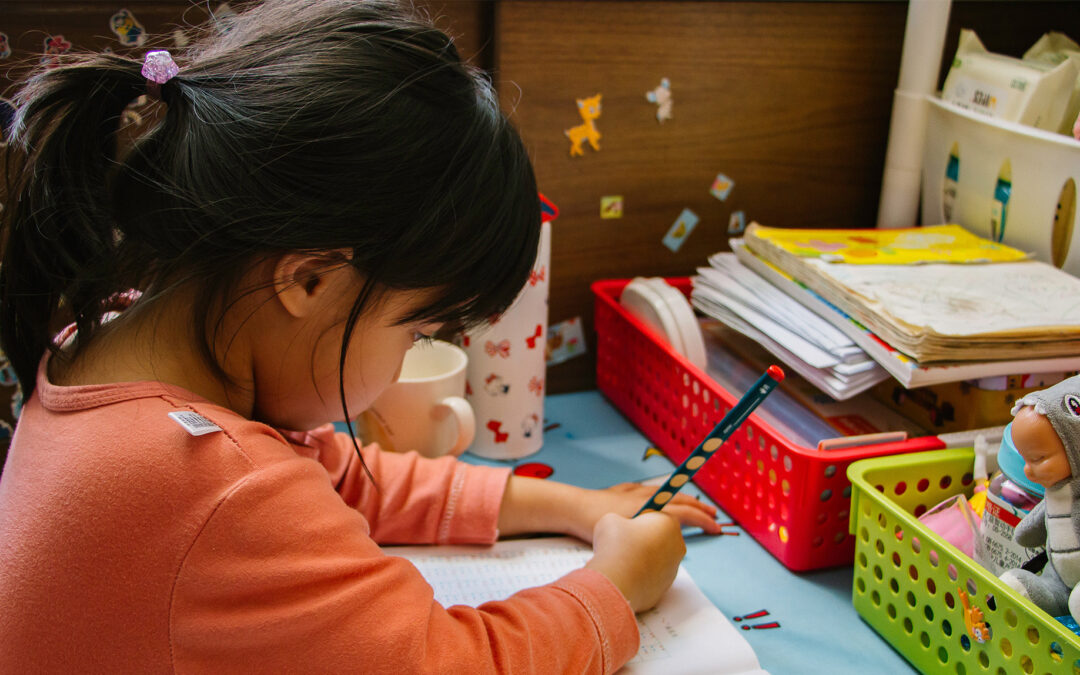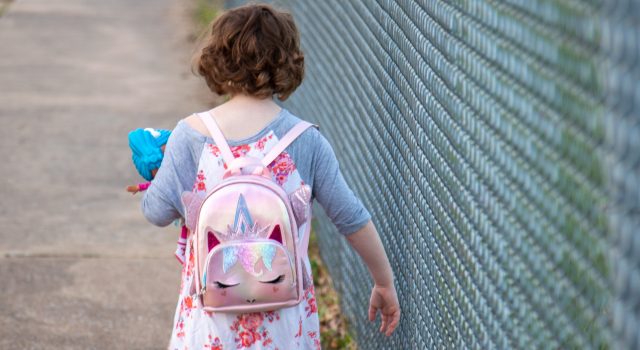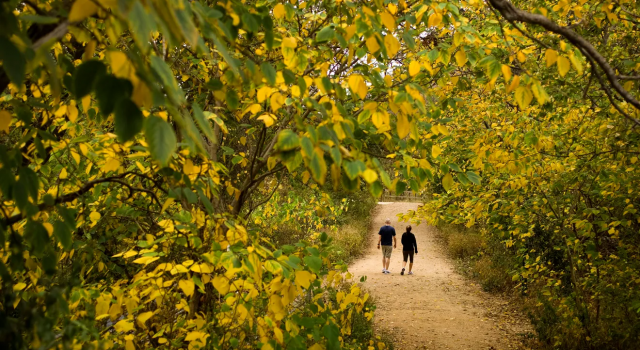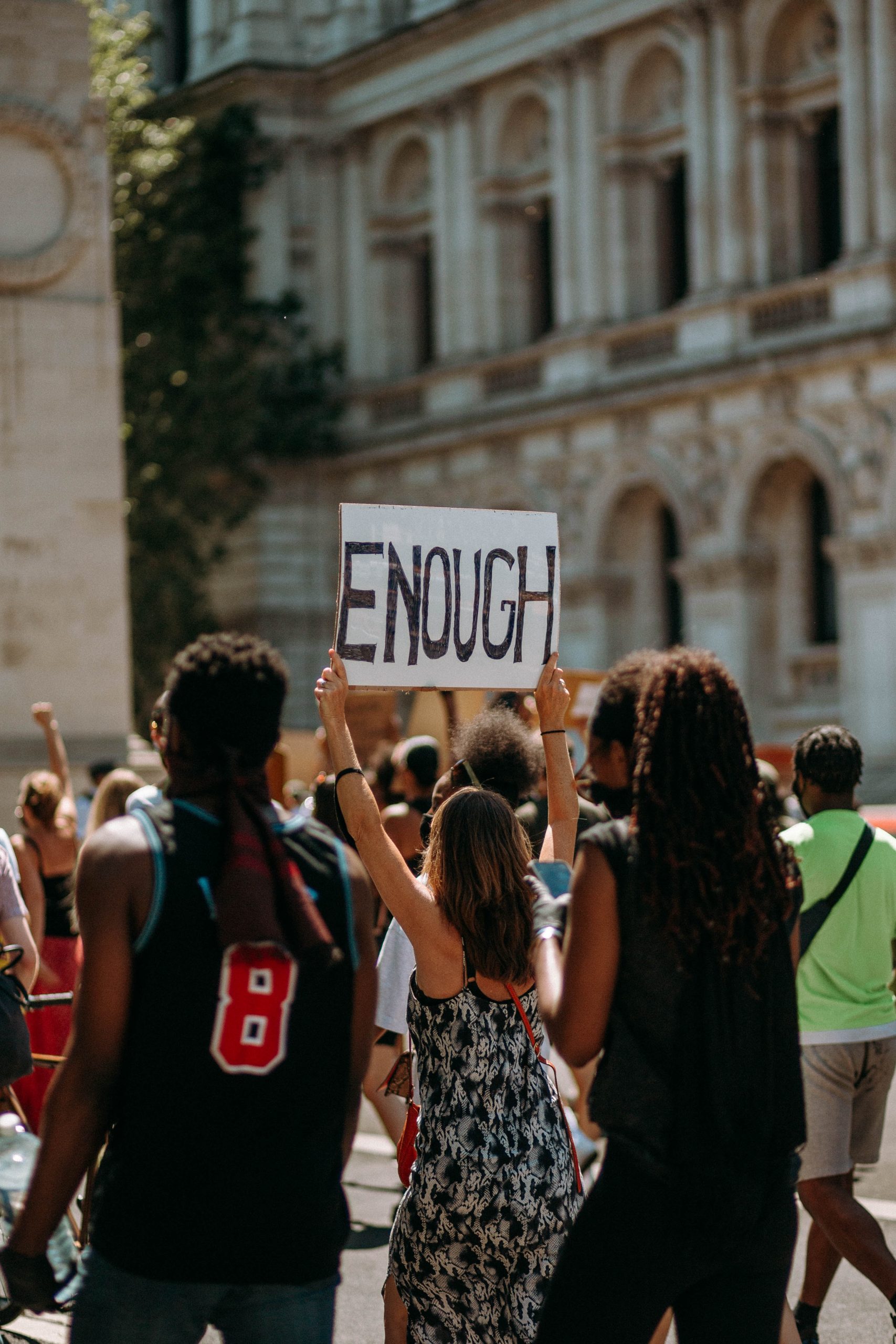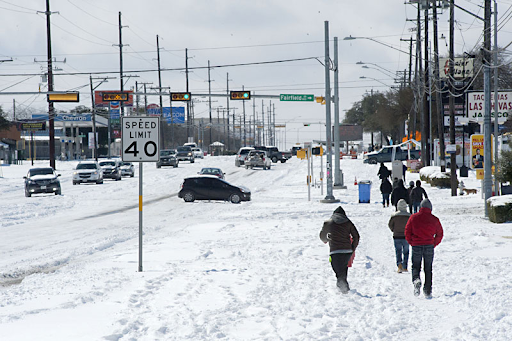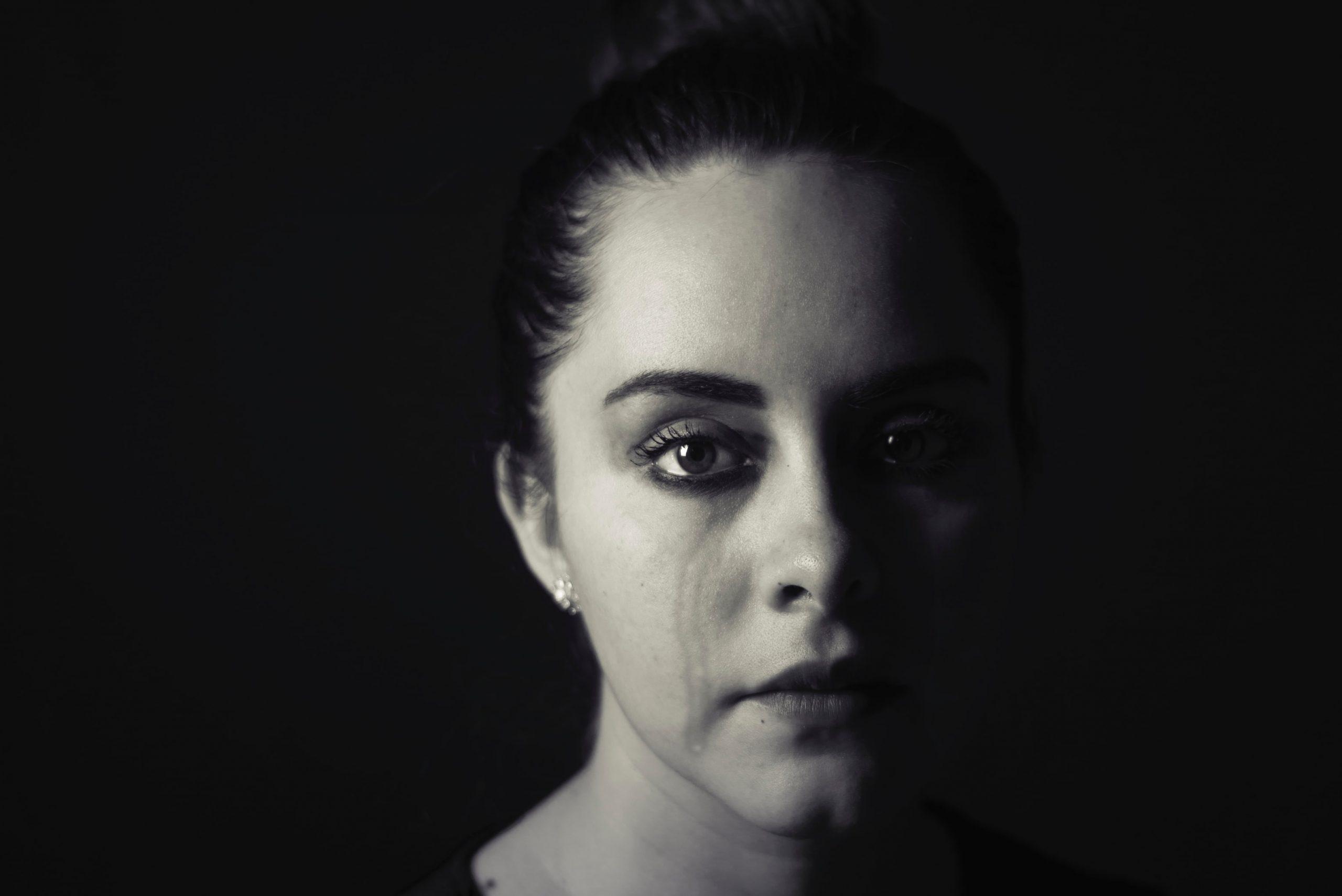I recently listened to a webcast with Dr. Rick Hanson, a neuropsychologist and author. He spoke of brain change and something that really struck me, the “green zone” and the “red zone”. Ultimately, as he described, when our basic needs are met (including feeling safe, connected/attached to others, and satisfied), we are in the green zone. In other words, our body and brain enjoy rest, peace, love and contentment. When our needs are not met, the brain goes into the red zone, firing up our fight, flight and freeze responses.
Both zones and responses are necessary and important. However, what stood out to me was his comment that the red zone is not meant to be “sustainable.” In other words, being in the red zone, or in survival mode, is supposed to be a fairly brief response to keep us emotionally and physically safe and then we are meant to return to the green zone. To illustrate this point, imagine a startled deer. It freezes when it feels its safety is threatened and then returns to eating and other restful/green zone behaviors once the danger has passed.
However, as Hanson pointed out, modern life is not always conducive to living in the green zone. Instead of experiencing occasional red zone spikes with longer-term green zones, most people are exposed to ongoing moderate stress. The problem with this is that staying in the red (or pink) zone leads to a physical, mental, and emotional breakdown. The green zone gives us time and energy to repair from life’s stressors. Without time for healing and strengthening, the mind and body can be left with a weakened immune system, anger, fear, heartache, feelings of inadequacy and hurt, dissatisfaction, or frustration.
While we are unable to disengage from modern day life and technology, Hanson argues that we can spend most of our time in the green zone where we feel restful, peaceful, content, and loved. To do this, he says we must rewire our brain to take in and notice more of our positive experiences while also calming the body and brain. As things happen, we can stop, pause, perhaps be grateful, and then move on. By internalizing these positive experiences and our ability to recover and be resilient, we are able to experience and move into the green zone more easily after a red-zone experience.
Concrete examples of moving ourselves into the green zone might include taking several slow breaths when we notice our body moving into the red zone (ie. increased heart rate, feeling frazzled, unloved, hurt, or irritated) and calm the mind by focusing on something that makes us feel safe, fulfilled or appreciated. Next, relax tension as best you can. Drink water, put your feet on the ground, eat, and use the restroom to slow down your process. Bring someone (or even a pet) to mind who cares about you or is loving toward you, particularly if you are feeling hurt or unloved. You might also imagine other times when you survived and even thrived after experiencing a difficult or painful red zone experience. The green zone also includes leisure time, investing in relaxing and fulfilling hobbies, and cultivating meaningful relationships.
By noticing when our body is having a red zone response, we can then begin to return to the green zone by intentionally practicing behaviors that are calming and restorative for us, and by spending time that is intentionally restful. In turn, our brain, body, and immune system will thank us as living in the green zone is pertinent for long-term health, longevity, psychological healing, and well-being.
